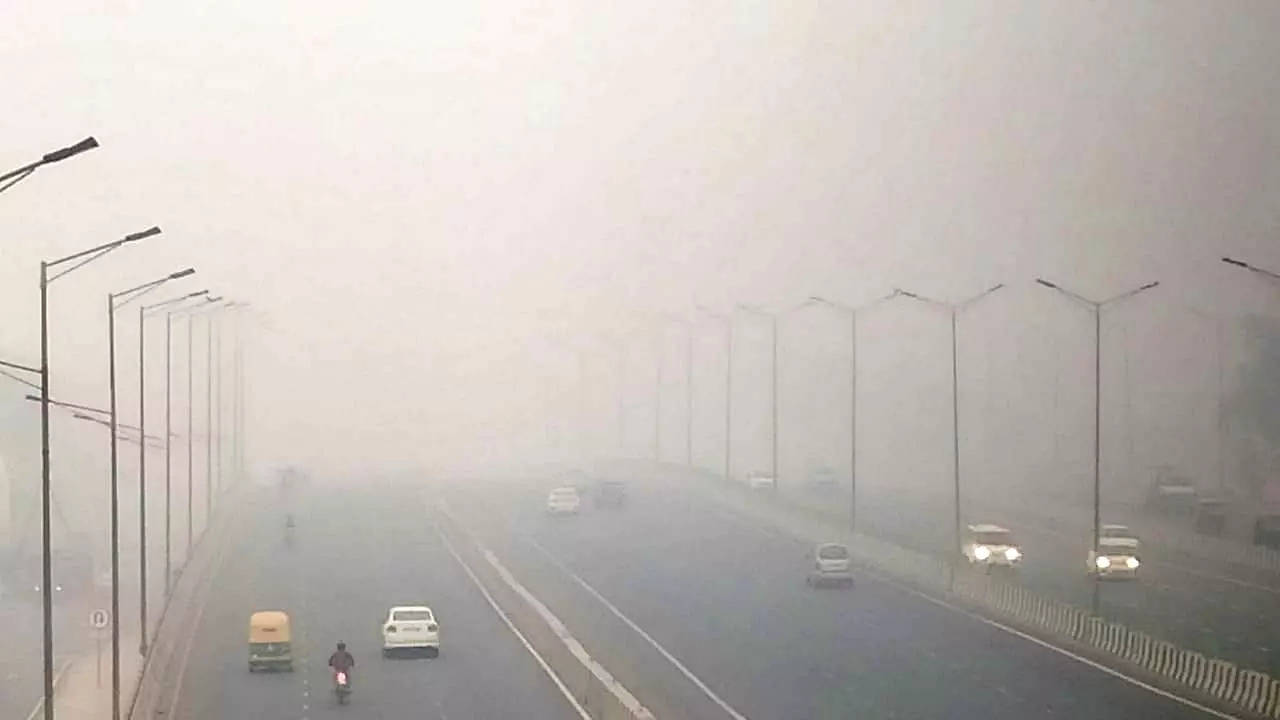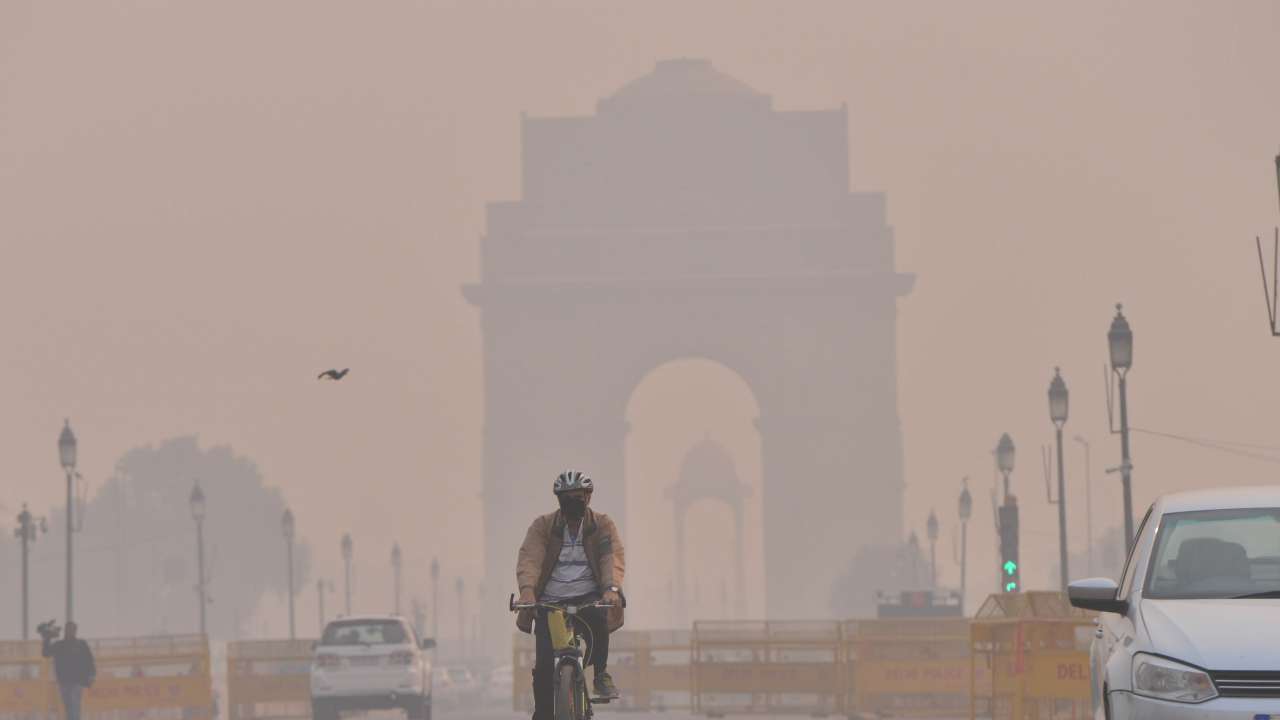According to the index, Delhi has the worst air quality on Diwali morning 2022.

According to the index, Delhi has the worst air quality on Diwali morning in 2022.
In New Delhi: Delhi is by far the most polluted big city in the world, according to the air quality index (AQI) created by IQAir of Switzerland. Pakistan’s Lahore is next. The World AQI website lists India to be the second-most congested city, behind Qatar. Also included in this index is Delhi.

The chief minister of Delhi, Arvind Kejriwal, stated through Twitter that Delhi was not one of Asia’s top ten worst polluted areas, which included eight Indian towns.
Delhi burns 2% to 3% of its grass, lower than the 15% noted last year, per SAFAR data. However, the data shows that fire counts are gradually increasing and are now keeping up with fire numbers from the other year (over 1,500).
SAFAR stands for System of Pollutant Emissions and Weather Forecasting and Research. The PM2.5 pollution level is presently around 400 micrograms per cubic foot close to Greater Kailash in south Delhi. That is 80 times the World Health Organization-set acceptable level of 5 micrograms (annual average).
As reported by the news agency Press of India, Delhi’s air standard deteriorated this morning, moving closer to the “inferior” category due to unfavorable weather conditions that allowed pollutants to accumulate. Burning crop leftovers and firework pollution aggravated the problem.

At 6 am today, Delhi’s AQI was 298. A reading of 0 to 50 is considered “good,” 51 to 100 is considered “good,” 101 to 200 is considered “medium,” 201 to 300 is considered “poor,” 301 to 400 is considered “very poor,” and 401 to 500 is considered “severe.”
Yesterday’s measurement of 259 for the nation’s capital’s 24-hour average AQI was the lowest for Diwali in seven years. However, pollution levels increased overnight due to a drop in temperature and wind velocity in addition to the burning of firecrackers in several Delhi neighborhoods.
PTI reports that 1,318 farm fires happened, which is a season-high. Delhi has made it illegal to make, keep, sell, or light firecrackers this Diwali. There is a fee and a six-month jail sentence for violating the restriction.
After firecrackers were fired off across Delhi overnight and the weather and wind direction changed, pollution levels increased. The Pm2.5 is presently close to 400 micrograms per square meter at Greater Kailash in Delhi NCR, which is 80 times the safe limit of 5 grams imposed by the World Health Organization. (annual average).
By the World AQI website, India is classified to be having the sec polluted city, right after Qatar. Also included in this index is Delhi. The chief minister of Delhi, Arvind Kejriwal, noted in a tweet that Delhi was not in Asia’s top 10 most polluted areas, including eight Indian cities.
Delhi experienced the lowest temperature of 14.9 degrees Celsius on Monday morning, two degrees below the seasonal average. The humidity level was 82 percent at 8:30 am. The weather agencies predicted that the day would have a clear sky and a peak temperature of about 31 degrees Celsius. However, pollution levels increased despite a drop in temperature and wind speed because the people lit firecrackers across the nation’s capital at midnight. The number of crop fires rose to 1,318, which is the highest this season.
Delhi’s 24-hour average AQI on Sunday was 259, the lowest rating for the day before Diwali in 7 years.

However, the firecrackers exploded in different parts of the city at night, and pollution levels gradually increased. The report stated that there were 1,318 more of stubble burning than ever before this season.
Anand Vihar station in the capital city of India reported “serious “pollution amounts (AQI 401). In the meantime, 20 of Delhi’s 35 monitoring sites noted an “inferior” air standard “category Due to the increase in air pollution in Anand Vihar and the surrounding districts, the Delhi government issued an order prohibiting private construction there on Saturday.
On Monday, Diwali is being celebrated across the country. Stubble combustion has made a minor (up to 5%) contribution to Delhi’s PM 2.5 smog because of a moderate transit wind speed. But on Monday, it’s expected to increase to 8%.
edited and proofread by nikita sharma





